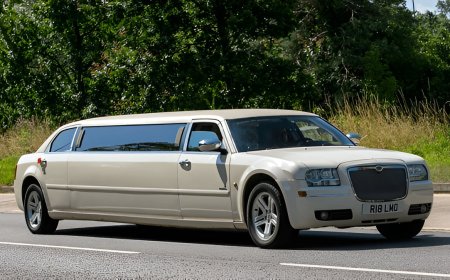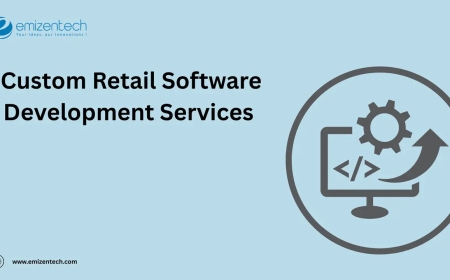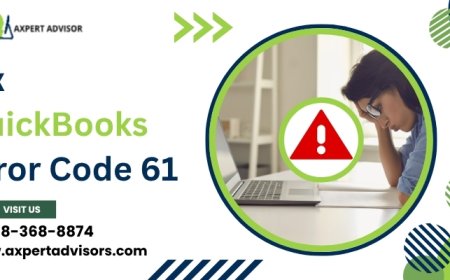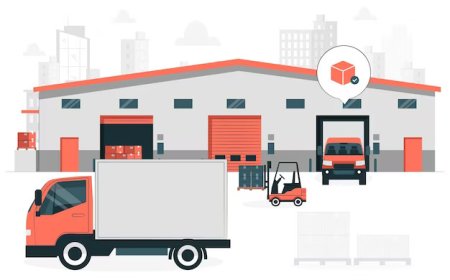Towing Without Trailer Brakes: A Step-by-Step Safety Guide
Learn how to safely tow an unbraked trailer to a towing vehicle with this step-by-step guide. Includes safety tips, legal info, and smart driving practices.
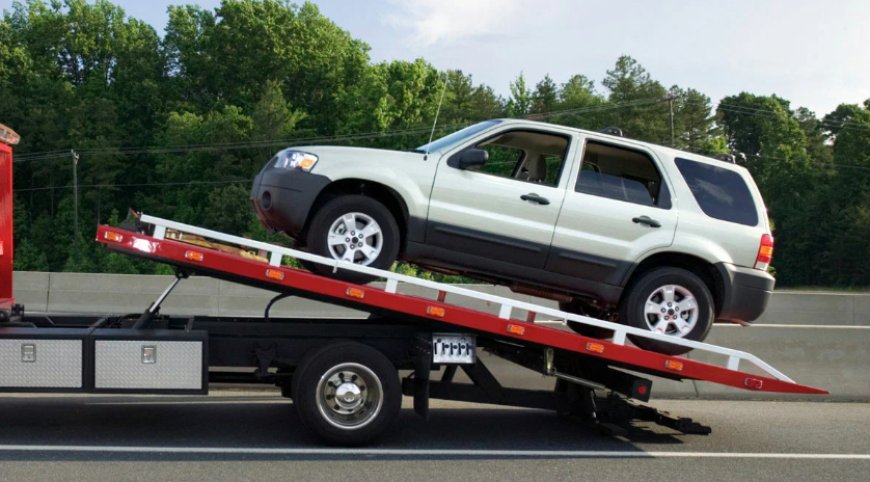
Towing is a common task for many drivers, whether you're hauling a small boat, a utility trailer, or a lightweight camper. But what happens when the trailer you're towing doesnt have its braking system? Towing without trailer brakes, also known as pulling anunbraked trailer with a towing vehicle, requires extra caution and proper know-how.
Understanding how to safely tow an unbraked trailer is crucial for preventing accidents, minimizing wear and tear on your vehicle, and adhering to legal limits. In this step-by-step guide, well walk you through how to tow an unbraked trailer the right wayfrom choosing the right vehicle and equipment to smart driving habits and post-trip checks.
Step 1: Know the Law and Weight Limits
Before you hitch anything, the first thing you must do is check the legal weight limits for unbraked trailers in your area. Each state or country has its regulations. In the U.S., many states allow you to tow an unbraked trailer only if it weighs under1,500 pounds, although this number can vary.
What Is an Unbraked Trailer?
An unbraked trailer is one that does not have its own braking system. Instead, it relies entirely on the towing vehicle's brakes to stop. This means that if youre towing a heavy unbraked trailer, your stopping distance will increasesometimes drastically.
Why Weight Ratings Matter
Each towing vehicle has a Gross Trailer Weight (GTW) and Tongue Weight (TW) rating. These determine how much weight your vehicle can safely pull. Exceeding these limits can damage your transmission, suspension, and brakesand may void your insurance in case of an accident.
? Tip: Look in your owner's manual or check the manufacturer's website for towing capacity and trailer weight ratings.
Step 2: Inspect the Tow Vehicle and Trailer
Once youre confident you're within legal and safety limits, its time to inspect both your towing vehicle and the trailer.
Checklist for the Tow Vehicle:
-
Brakes: Ensure your vehicle's brakes are in excellent condition.
-
Tires: Proper inflation and tread are essential for grip and control.
-
Suspension: Should be firm enough to handle the trailer's weight.
-
Transmission: Make sure it's rated for towing and has no known issues.
Checklist for the Unbraked Trailer:
-
Tires and wheels: Should be free of cracks and fully inflated.
-
Lights: Check brake lights, turn signals, and tail lights.
-
Hitch connection: The coupler must latch securely to the towing vehicles ball hitch.
-
Safety chains: Must be crossed under the hitch to form a cradle.
Step 3: Load the Trailer Properly
Improperly loaded trailers are one of the leading causes of towing accidentsespecially with unbraked trailers.
Follow the 60/40 Rule
Distribute 60% of the weight toward the front half of the trailer, and 40% toward the rear. This helps maintain balance and reduces trailer sway.
Keep the Load Secure
Use:
-
Ratchet straps or heavy-duty ropes
-
Tie-down anchors or D-rings
-
A tarp or netting if carrying loose items
Loose cargo can shift during transit, increasing sway and making the trailer harder to control.
Step 4: Hitch the Unbraked Trailer to a Towing Vehicle Safely
This is a crucial step. Heres how to properly hitch an unbraked trailer to a towing vehicle:
-
Align the tow vehicle and trailer: Back up until the hitch ball is directly under the trailer coupler.
-
Lower the trailer onto the hitch ball: Use the trailer jack to guide the coupler onto the ball.
-
Secure the latch: Once the coupler is on, lock it and insert a safety pin or lock.
-
Attach the safety chains: Always cross them underneath the coupler.
-
Plug in the trailer lights connector: Make sure all lights work before hitting the road.
?? Pro Tip: Tug the trailer gently to double-check that the hitch is locked in place.
Step 5: Drive Smarter, Not Faster
Towing an unbraked trailer requires a whole different mindset behind the wheel. Youre carrying extra weight and relying solely on your vehicles brakes.
Key Driving Tips:
-
Increase your following distance: Give yourself 46 seconds instead of the usual 23.
-
Brake gradually: Avoid sudden stops to prevent skidding or jackknifing.
-
Take wide turns: The trailers wheels will track inside your path.
-
Go slower downhill: Gravity will work against your brakes.
-
Use lower gears when needed: Especially on inclines or declines.
Step 6: Stay Alert for Trailer Sway
Trailer sway is a dangerous condition where the trailer starts to fishtail or weave. It can be caused by wind, uneven loading, or driving too fast.
How to Handle Trailer Sway:
-
Don't slam on the brakes!
-
Ease off the gas and hold the wheel steady
-
If sway continues, apply trailer brakes if equipped (not an option for unbraked trailers)
-
Pull over and redistribute the load if the issue persists
Avoid making sudden movements; the key is to keep calm and let the vehicle regain control gradually.
Step 7: Park and Unhitch Safely
Once you reach your destination:
-
Find level ground to park.
-
Set the parking brake on your tow vehicle.
-
Block the trailer wheels with chocks to prevent rolling.
-
Disconnect the wiring and safety chains.
-
Unlock and raise the coupler, using the trailer jack.
-
Slowly drive the vehicle forward, making sure the trailer is stable.
Maintenance Tips for Frequent Towers
If you regularly tow an unbraked trailer, preventive maintenance is critical.
-
Brake inspections: Every 5,000 miles or sooner if towing often.
-
Transmission fluid: Towing heats up the transmissionchange fluid more often.
-
Suspension and tire checks: More frequent checks will avoid blowouts or alignment issues.
Final Thoughts
Towing an unbraked trailer to a towing vehicle isnt inherently unsafebut it can be if done without preparation and awareness. Whether you're towing a small utility trailer to the dump or hauling yard equipment, follow these steps for a safer trip.
Always respect your vehicles limits, load your trailer correctly, and drive with care. These small efforts can prevent costly repairs, accidents, and even legal trouble.
FAQs
1. Is it legal to tow a trailer without brakes?
Yes, but only if the trailers weight is under the legal limit in your area. For example, in many U.S. states, trailers under 1,500 lbs don't require their own brakes. Always check your state laws before towing.
2. What must you do when you hitch an unbraked trailer to a towing vehicle?
You must ensure that the weight is within legal limits, the hitch is properly secured, safety chains are crossed and attached, and the load is properly distributed and tied down. You should also test the trailer lights and drive cautiously.
3. Can towing an unbraked trailer damage my car?
Yes, if you exceed the towing capacity or do it frequently without proper maintenance. Brakes, suspension, and transmission are all under extra strain during towing, especially without trailer brakes to assist in stopping.





